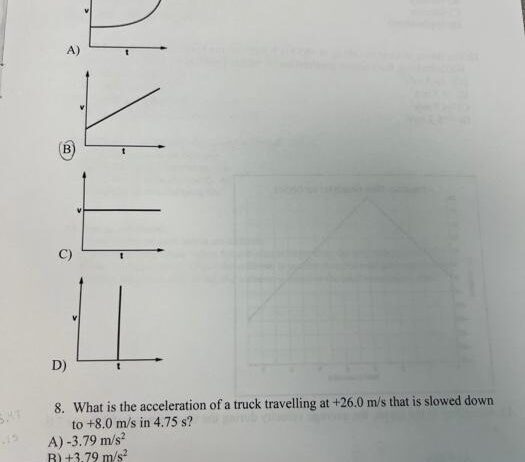In the realm of modern physics, the intricacies of energy exchanges during collisions between fundamental particles, such as photons and electrons, epitomize the complexities and wonders of energy conservation principles. A photon, a massless quantum of light, and an electron, a fundamental entity within the lepton family, engage in interactions characterized by rich dynamics and profound implications for our understanding of the universe. This discourse delves into the phenomena surrounding photon-electron collisions, scrutinizing whether energy is conserved during such encounters.
At a molecular level, energy is a fundamental concept, often defined as the capacity to do work or produce change. The conservation of energy principle asserts that the total energy within an isolated system remains constant, although energy may be transformed from one form into another. This principle is foundational in both classical mechanics and modern physics, influencing areas from engineering to astrophysics. Why, then, do we encounter scenarios in the quantum realm that challenge this simplistic understanding? Specifically, when a photon interacts with an electron, does the principle hold true?
The interaction between photons and electrons can be broadly understood through two primary processes: the photoelectric effect and Compton scattering. Both involve the transfer of energy, but they manifest differently depending on the scenario. In the photoelectric effect, photons strike a material, transferring their energy to electrons, which may subsequently be ejected from atoms. The energy of the incident photon must be at least equal to the work function of the material for the electron to be liberated, revealing a quantifiable aspect of energy conservation as only a portion of the photon’s energy contributes to overcoming the binding energy of the electron.
Let’s analyze this concept further. When the photon energy exceeds the work function, the excess energy manifests as the kinetic energy of the emitted electron. This scenario illustrates a pivotal point; the photon’s energy is conserved but transformed into the kinetic form upon interaction. Consequently, the initial energetic state of the system, comprising the incoming photon and the atom, migrates to a new state where the electron possesses kinetic energy. Thus, energy conservation is upheld in this macroscopic scenario.
Moving onto Compton scattering, when a photon collides with a free or loosely bound electron, it imparts some of its energy to that electron. Post-collision, the photon is deflected and experiences a reduction in energy—a phenomenon that results in longer wavelengths of scattered photons. In this case, energy conservation can be expressed mathematically, illustrating a direct relationship between the incoming and outgoing energy amounts. The conservation equation relevant here includes both the energies of the photon and the kinetic energy of the electron after the collision. Both initial and final states are considered, establishing that while energy shifts form, it is never lost.
In both instances, a common theme emerges: the interactions uphold the law of conservation of energy. But why are these interactions so compelling? The fascination largely stems from the stark contrast between classical intuitions regarding energy and the counterintuitive phenomena observed in quantum mechanics. At the quantum level, particles do not behave according to classical trajectories. Their behavior is probabilistic, leading to speculation about underlying realities. When we explore the collision of a photon with an electron, we confront the boundaries of our classical understanding of energy transfer, challenging us to rethink the nature of energy itself.
Furthermore, the significance of these interactions extends beyond academic curiosity. They have profound implications for various applications, including photovoltaics, in which the photoelectric effect is harnessed to convert sunlight into electrical energy. Understanding how energy is conserved and transformed in these collisions allows for the optimization of solar cell technologies, which contribute significantly to renewable energy efforts. The correlation between theoretical physics and practical technological solutions emphasizes the relevance of this exploration on a wider scale.
Additionally, photon-electron collisions can evoke discussions about wider energy conservation in the universe. All physical interactions are interconnected, and the study of fundamental processes enriches our comprehension of macroscopic energy systems. It prompts reflections on how energy flows within complex ecosystems and the implications for environmental sustainability. For instance, optimizing energy use and harnessing natural phenomena requires insights gleaned from such fundamental interactions, thereby bridging the gap between particle physics and ecological conservation.
As we contemplate the question of energy conservation in photon-electron collisions, it becomes evident that conservation is not merely an academic principle; it is a vital aspect of our universe’s functionality. The constancy of energy, even amidst transformation, reflects the underlying order of physical laws governing all matter and interactions. This exploration fosters a deeper appreciation for the intricate relationships that exist within the fabric of reality—relationships that allow both technological advancements and ecological sustainability to thrive.
In conclusion, energy is conservatively maintained through photon-electron interactions, adhering to well-established laws of physics that bind the realms of quantum mechanics and classical understandings. Their study not only enhances our grasp of fundamental interactions but also cultivates a greater awareness of energy dynamics within broader systems. The inquiry into these collisions invites curiosity and opens discussions about the role of energy conservation in preserving our planet’s future. The pursuit of knowledge in this field is not solely for the benefit of science; it reverberates across disciplines, reminding us of our shared responsibilities toward our environment and the sustainable practices we must adopt to ensure the conservation of energy in all its forms.








